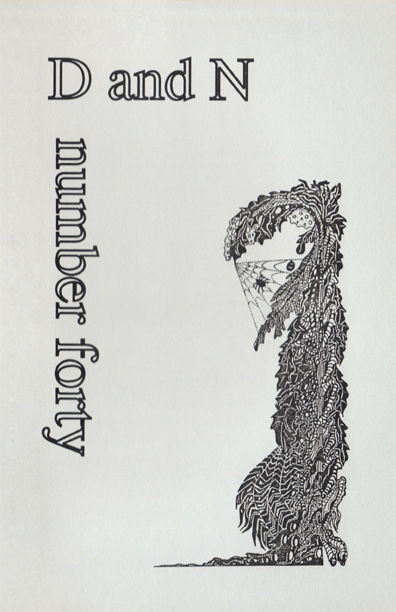

The Nightmare ( Henry Fuseli, 1781) Detroit Institute of Arts Typical dreams or recurrent dreams may also have some of these topics. According to the clinical studies the content can include being chased, injury or death of others, falling, natural disasters or accidents. As regarding the dream content of the dreams they are usually imprinting negative emotions like sadness, fear or rage. Nightmares may be idiopathic without any signs of psychopathology or associated with disorders like stress, anxiety, substance abuse, psychiatric illness or PTSD (>80% of PTSD patients report nightmares). Classification Īccording to the International Classification of Sleep Disorders-Third Edition (ICSD-3), the nightmare disorder, together with REM sleep behaviour disorder (RBD) and recurrent isolated sleep paralysis, form the REM-related parasomnias subcategory of the Parasomnias cluster. The awakenings generally occur during the second half of the sleep period. Nightmare disorder symptoms include repeated awakenings from the major sleep period or naps with detailed recall of extended and extremely frightening dreams, usually involving threats to survival, security, or self-esteem. This is thought to be caused by frequent nocturnal awakenings and fear of falling asleep. The impact of having a nightmare during the night has been found to be very similar to that of insomnia. Those with nightmares experience abnormal sleep architecture. The mare of Germanic and Slavic folklore were thought to ride on people's chests while they sleep, causing nightmares. The sorcerous demons of Iranian mythology known as Divs are likewise associated with the ability to afflict their victims with nightmares. The word nightmare is cognate with the Dutch term nachtmerrie and German Nachtmahr (dated). The term has no connection with the Modern English word for a female horse. The word nightmare is derived from the Old English mare, a mythological demon or goblin who torments others with frightening dreams.

In common language, the meaning of nightmare has extended as a metaphor to many bad things, such as a bad situation or a scary monster or person. The prevalence of nightmares in children (5–12 years old) is between 20 and 30%, and for adults is between 8 and 30%. Eating before going to sleep, which triggers an increase in the body's metabolism and brain activity, can be a potential stimulus for nightmares. Nightmares can have physical causes such as sleeping in an uncomfortable position or having a fever, or psychological causes such as stress or anxiety. Recurrent nightmares may require medical help, as they can interfere with sleeping patterns and cause insomnia. After a nightmare, a person will often awaken in a state of distress and may be unable to return to sleep for a short period of time. The dream may contain situations of discomfort, psychological or physical terror, or panic. A nightmare, also known as a bad dream, is an unpleasant dream that can cause a strong emotional response from the mind, typically fear but also despair, anxiety, disgust or great sadness.


 0 kommentar(er)
0 kommentar(er)
